Juneteenth
A Brief History
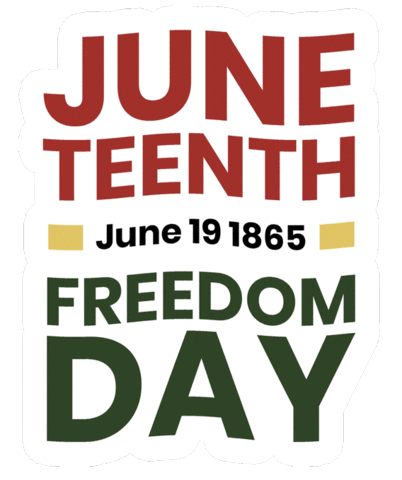
Juneteenth (a portmanteau of "June" and "nineteenth"), also known as Freedom Day, Jubilee Day and Cel-Liberation Day,is an American holiday celebrated on June 19.
Juneteenth is the oldest known celebration commemorating the ending of slavery in the United States. Dating back to 1865, it was on June 19th that the Union soldiers, led by Major General Gordon Granger, landed at Galveston, Texas with news that the war had ended and that the enslaved were now free.
Note that this was two and a half years after President Lincoln’s Emancipation Proclamation - which had become official January 1, 1863
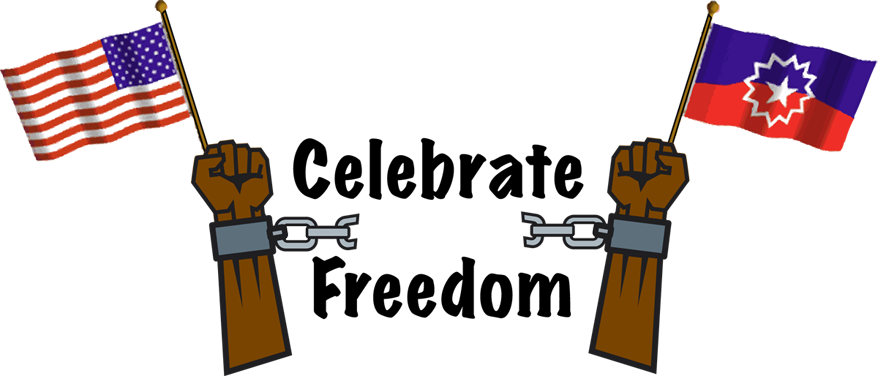
Juneteenth Independence Day or Freedom Day commemorates the June 19, 1865, announcement of the abolition of slavery in the U.S. state of Texas, and more generally the emancipation of enslaved African-Americans throughout the former Confederacy of the southern United States. Juneteenth is recognized as a state holiday or special day of observance in forty-five states.
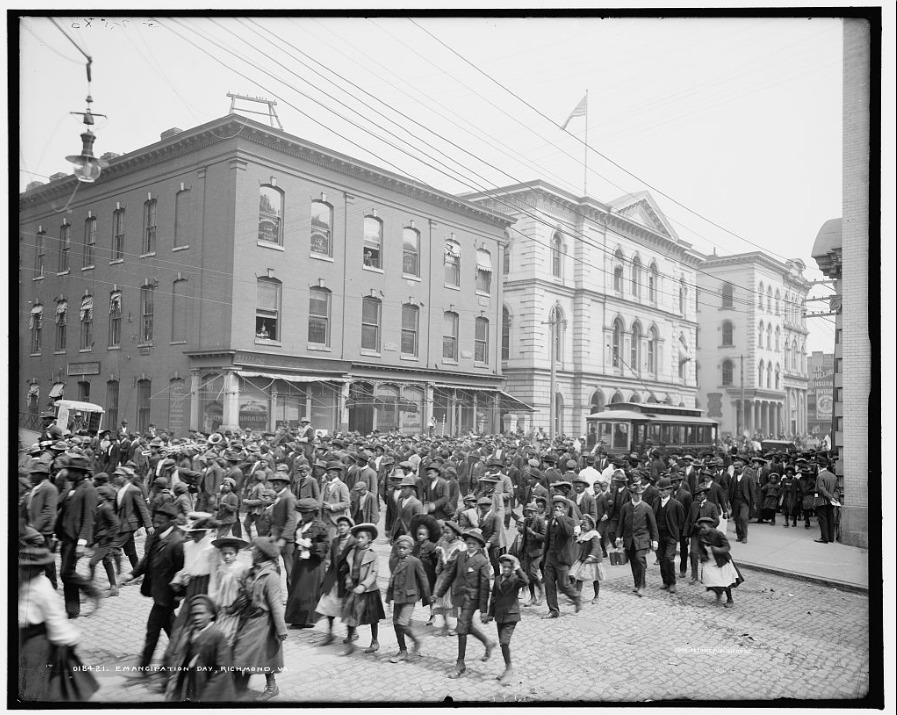
Celebration of Emancipation Day in Richmond, Virginia, c. 1905
Today it is observed primarily in local celebrations. Traditions include public readings of the Emancipation Proclamation, singing traditional songs such as "Swing Low, Sweet Chariot" and "Lift Every Voice and Sing", and reading of works by noted African-American writers such as Ralph Ellison and Maya Angelou.
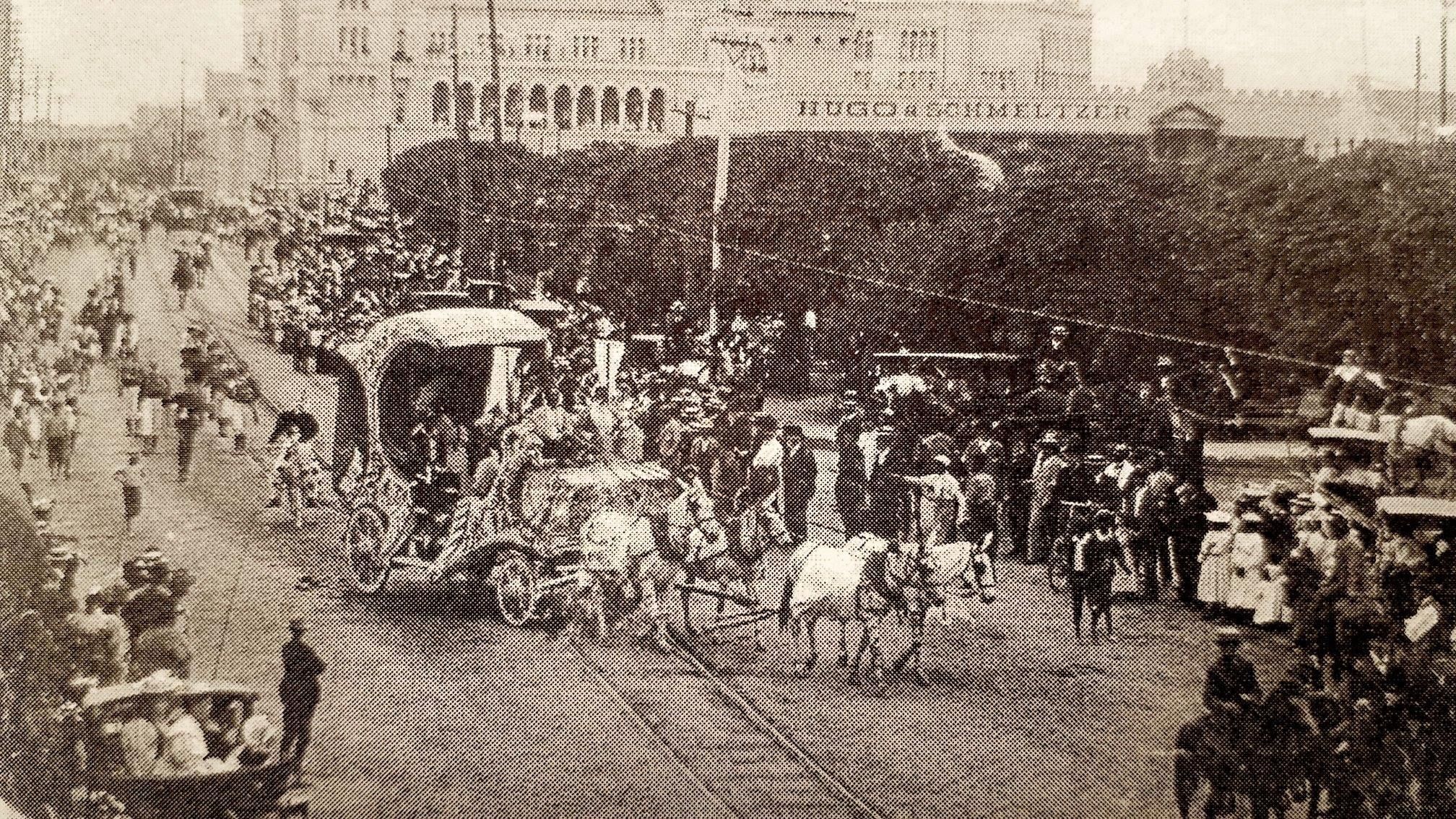
Juneteenth or Emancipation Day Parade taking place in Alamo Plaza, in the early 1900's - San Antonio
Celebrations may include rodeos, street fairs, cookouts, family reunions, park parties, historical reenactments, or Miss Juneteenth contests The Mascogos, descendants of Black Seminoles, of Coahuila, Mexico also celebrate the Juneteenth.
Juneteenth Celebrates
Freedom from Slavery in US

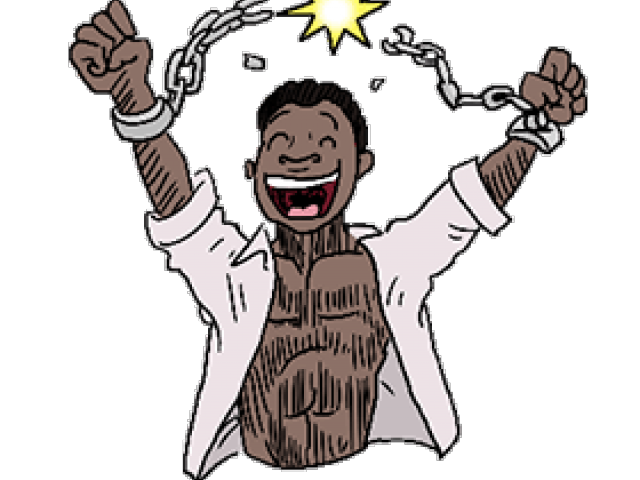
Freedom from Slavery in US


Juneteenth celebration in Austin, Texas, on June 19, 1900

History
During the American Civil War, President Abraham Lincoln issued the Emancipation Proclamation on September 22, 1862, with an effective date of January 1, 1863. It declared that all enslaved persons in the Confederate States of America in rebellion and not in Union hands were to be freed. This excluded the five states known later as border states, which were the four "slave states" not in rebellion - Kentucky, Maryland, Delaware, and Missouri - and those counties of Virginia soon to form the state of West Virginia, and also the three zones under Union occupation: the state of Tennessee, lower Louisiana, and Southeast Virginia.
During the American Civil War, President Abraham Lincoln issued the Emancipation Proclamation on September 22, 1862, with an effective date of January 1, 1863. It declared that all enslaved persons in the Confederate States of America in rebellion and not in Union hands were to be freed. This excluded the five states known later as border states, which were the four "slave states" not in rebellion - Kentucky, Maryland, Delaware, and Missouri - and those counties of Virginia soon to form the state of West Virginia, and also the three zones under Union occupation: the state of Tennessee, lower Louisiana, and Southeast Virginia.
-
More isolated geographically, Texas was not a battleground, and thus the people held there as slaves were not affected by the Emancipation Proclamation unless they escaped.
Planters and other slaveholders had migrated into Texas from eastern states to escape the fighting, and many brought enslaved people with them, increasing by the thousands the enslaved population in the state at the end of the Civil War.
-
Although most enslaved people lived in rural areas, more than 1000 resided in both Galveston and Houston by 1860, with several hundred in other large towns. By 1865, there were an estimated 250,000 enslaved people in Texas. The older, and Hispanic, town of San Antonio had 168 among a population of 3,436.
-
The news of General Robert E. Lee's surrender on April 9 moved slowly and did not reach Texas until May 1865. The Army of the Trans-Mississippi did not surrender until June 2. On June 18, Union Army General Gordon Granger arrived at Galveston Island with 2,000 federal troops to occupy Texas on behalf of the federal government. The following day, standing on the balcony of Galveston's Ashton Villa, Granger read aloud the contents of "General Order No. 3", announcing the total emancipation of those held as slaves:
Although most enslaved people lived in rural areas, more than 1000 resided in both Galveston and Houston by 1860, with several hundred in other large towns. By 1865, there were an estimated 250,000 enslaved people in Texas. The older, and Hispanic, town of San Antonio had 168 among a population of 3,436.
-
The news of General Robert E. Lee's surrender on April 9 moved slowly and did not reach Texas until May 1865. The Army of the Trans-Mississippi did not surrender until June 2. On June 18, Union Army General Gordon Granger arrived at Galveston Island with 2,000 federal troops to occupy Texas on behalf of the federal government. The following day, standing on the balcony of Galveston's Ashton Villa, Granger read aloud the contents of "General Order No. 3", announcing the total emancipation of those held as slaves:
-
The people of Texas are informed that, in accordance with a proclamation from the Executive of the United States, all slaves are free.
The people of Texas are informed that, in accordance with a proclamation from the Executive of the United States, all slaves are free.
This involves an absolute equality of personal rights and rights of property between former masters and slaves, and the connection heretofore existing between them becomes that between employer and hired labor. The freedmen are advised to remain quietly at their present homes and work for wages. They are informed that they will not be allowed to collect at military posts and that they will not be supported in idleness either there or elsewhere.
- Also called Freedom Day or Emancipation Day
- Observed by Residents of the United States, especially African Americans Mascogos
- Significance Emancipation of the last remaining enslaved people in the United States
- Date June 19
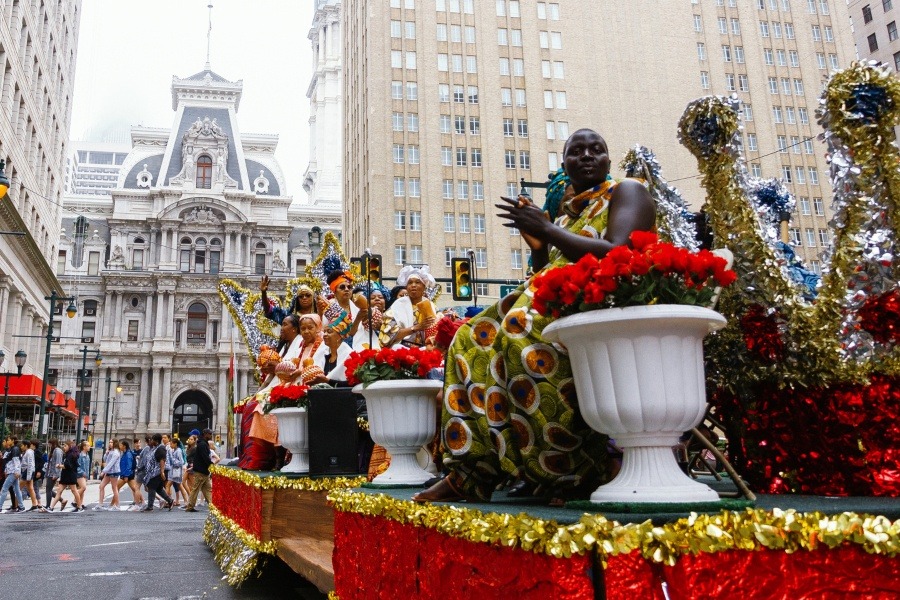 History 📗📔 Documentary 📕📗
History 📗📔 Documentary 📕📗 1921: The Tulsa Race Massacre
Goin' Back to T-Town | American Experience | PBS
By 1921, Tulsa's Black population had grown to almost 11,000, and the Greenwood community was booming. It was a time of prosperity for the residents. The neighborhood boasted 15 grocery stores, two Black movie houses, two Black newspapers, four drugstores, two Black public schools, a Black public library, four barbecue and chili parlors, and about 13 churches.
But it was also a dangerous time to be Black in America. Between 1917 and 1921, racial violence was rampant. In cities across the country, Blacks were being beaten, burned and lynched in alarming numbers.
No one, Black or white, was prepared for what happened on the night of May 31, 1921.
But it was also a dangerous time to be Black in America. Between 1917 and 1921, racial violence was rampant. In cities across the country, Blacks were being beaten, burned and lynched in alarming numbers.
No one, Black or white, was prepared for what happened on the night of May 31, 1921.
👇 📺 👇
https://youtu.be/Q_-iWaTOiqw
https://youtu.be/Q_-iWaTOiqw
Footage of the Prosperous Greenwood
and the Tulsa Massacre
Smithsonian Channel
Smithsonian Channel
A recently unearthed clip shows life in the Greenwood district of Tulsa and its neighboring communities, filmed between 1925 and 1928.
Read More




.gif)
No comments:
Post a Comment